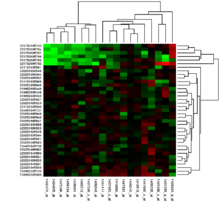Problem
Given a binary search tree (BST), find the lowest common ancestor (LCA) of two given nodes in the BST.
According to the definition of LCA on Wikipedia: “The lowest common ancestor is defined between two nodes p and q as the lowest node in T that has both p and q as descendants (where we allow a node to be a descendant of itself).”
Examples
Given binary search tree: root = [6,2,8,0,4,7,9,null,null,3,5]
1 | _______6______ |
1 | Input: root = [6,2,8,0,4,7,9,null,null,3,5], p = 2, q = 8 |
1 | Input: root = [6,2,8,0,4,7,9,null,null,3,5], p = 2, q = 4 |

